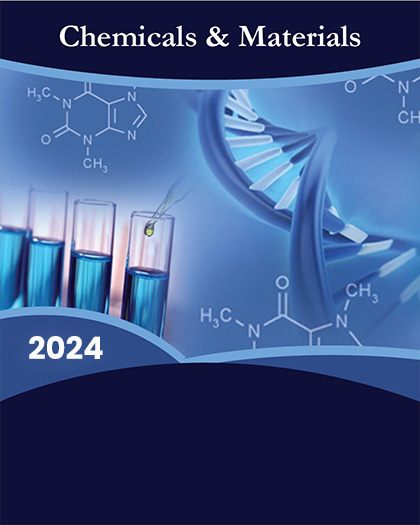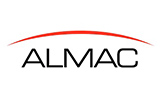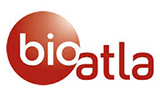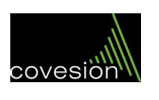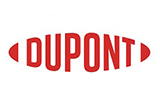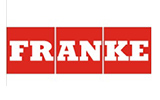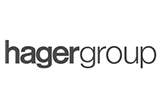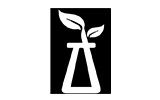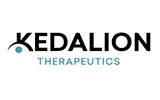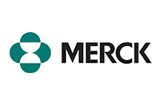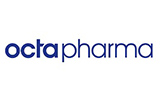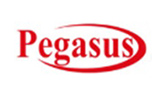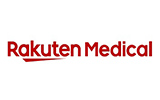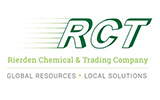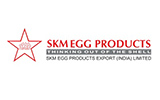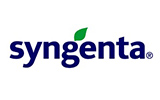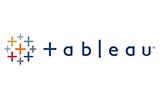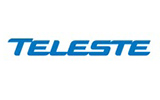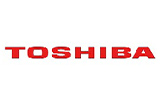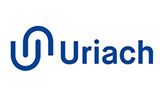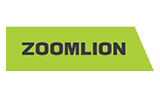Table of Contents
Chapter 1. Global Conducting Polymers Market Executive Summary
1.1. Global Conducting Polymers Market Size & Forecast (2025-2033)
1.2. Regional Summary
1.3. Segmental Summary
1.3.1. By Type
Electrically Conductive
Thermally Conductive
1.3.2. By Application
ESD/EMI Shielding
Antistatic Packaging
Electrostatic Coating
Capacitor
1.4. Key Trends
1.5. Recession Impact
1.6. Analyst Recommendation & Conclusion
Chapter 2. Global Conducting Polymers Market Definition and Research Assumptions
2.1. Research Objective
2.2. Market Definition
2.3. Research Assumptions
2.3.1. Inclusion & Exclusion
2.3.2. Limitations
2.3.3. Supply Side Analysis
2.3.3.1. Availability
2.3.3.2. Infrastructure
2.3.3.3. Regulatory Environment
2.3.3.4. Market Competition
2.3.3.5. Economic Viability (Consumer's Perspective)
2.3.4. Demand Side Analysis
2.3.4.1. Regulatory Frameworks
2.3.4.2. Technological Advancements
2.3.4.3. Environmental Considerations
2.3.4.4. Consumer Awareness & Acceptance
2.4. Estimation Methodology
2.5. Years Considered for the Study
2.6. Currency Conversion Rates
Chapter 3. Global Conducting Polymers Market Dynamics
3.1. Market Drivers
3.1.1. High Demand for Lightweight and Flexible Materials
3.1.2. Advancements in EMI Shielding and ESD Protection
3.1.3. Sustainability-Driven Innovation and Eco-friendly Alternatives
3.2. Market Challenges
3.2.1. High Production Costs
3.2.2. Limited Thermal Stability
3.3. Market Opportunities
3.3.1. Expansion in Consumer Electronics and Packaging Sectors
3.3.2. R&D Investment in Enhanced Conductivity
3.3.3. Opportunities in Emerging Markets (Asia-Pacific, Latin America)
Chapter 4. Global Conducting Polymers Market Industry Analysis
4.1. Porter's 5 Force Model
4.1.1. Bargaining Power of Suppliers
4.1.2. Bargaining Power of Buyers
4.1.3. Threat of New Entrants
4.1.4. Threat of Substitutes
4.1.5. Competitive Rivalry
4.1.6. Futuristic Approach to Porter's 5 Force Model
4.1.7. Porter's 5 Force Impact Analysis
4.2. PESTEL Analysis
4.2.1. Political
4.2.2. Economical
4.2.3. Social
4.2.4. Technological
4.2.5. Environmental
4.2.6. Legal
4.3. Top Investment Opportunity
4.4. Top Winning Strategies
4.5. Disruptive Trends
4.6. Industry Expert Perspective
4.7. Analyst Recommendation & Conclusion
Chapter 5. Global Conducting Polymers Market Size & Forecasts by Type (2025-2033)
5.1. Segment Dashboard
5.2. Global Conducting Polymers Market: Type Revenue Trend Analysis, 2022 & 2032 (USD Million/Billion)
5.2.1. Electrically Conductive
5.2.2. Thermally Conductive
Chapter 6. Global Conducting Polymers Market Size & Forecasts by Application (2025-2033)
6.1. Segment Dashboard
6.2. Global Conducting Polymers Market: Application Revenue Trend Analysis, 2022 & 2032 (USD Million/Billion)
6.2.1. ESD/EMI Shielding
6.2.2. Antistatic Packaging
6.2.3. Electrostatic Coating
6.2.4. Capacitor
Chapter 7. Global Conducting Polymers Market Size & Forecasts by Region (2025-2033)
7.1. North America
7.1.1. U.S. Conducting Polymers Market
7.1.1.1. By Type Breakdown (2025-2033)
7.1.1.2. By Application Breakdown (2025-2033)
7.1.2. Canada Conducting Polymers Market
7.2. Europe
7.2.1. UK Conducting Polymers Market
7.2.2. Germany Conducting Polymers Market
7.2.3. France Conducting Polymers Market
7.2.4. Spain Conducting Polymers Market
7.2.5. Italy Conducting Polymers Market
7.2.6. Rest of Europe (ROE) Conducting Polymers Market
7.3. Asia Pacific
7.3.1. China Conducting Polymers Market
7.3.2. India Conducting Polymers Market
7.3.3. Japan Conducting Polymers Market
7.3.4. South Korea Conducting Polymers Market
7.3.5. Australia Conducting Polymers Market
7.3.6. Rest of Asia Pacific (RoAPAC) Conducting Polymers Market
7.4. Latin America
7.4.1. Brazil Conducting Polymers Market
7.4.2. Mexico Conducting Polymers Market
7.4.3. Rest of Latin America Conducting Polymers Market
7.5. Middle East & Africa
7.5.1. Saudi Arabia Conducting Polymers Market
7.5.2. South Africa Conducting Polymers Market
7.5.3. Rest of Middle East & Africa (RoMEA) Conducting Polymers Market
Chapter 8. Competitive Intelligence
8.1. Key Company SWOT Analysis
8.1.1. 3M
8.1.2. AGC Inc.
8.1.3. Solvay S.A.
8.2. Top Market Strategies
8.3. Company Profiles
8.3.1. 3M
8.3.1.1. Key Information
8.3.1.2. Overview
8.3.1.3. Financial (Subject to Data Availability)
8.3.1.4. Product Summary
8.3.1.5. Market Strategies
8.3.2. SABIC
8.3.3. Heraeus Holding
8.3.4. DuPont
8.3.5. PolyOne Corporation
8.3.6. RTP Company
8.3.7. Covestro AG
8.3.8. Celanese Corporation
8.3.9. Mitsubishi Chemical Corporation
8.3.10. Henkel AG & Co. KGaA
8.3.11. AkzoNobel N.V.
8.3.12. Kaneka Corporation
8.3.13. BASF SE
Chapter 9. Research Process
9.1. Research Process
9.1.1. Data Mining
9.1.2. Analysis
9.1.3. Market Estimation
9.1.4. Validation
9.1.5. Publishing
9.2. Research Attributes

